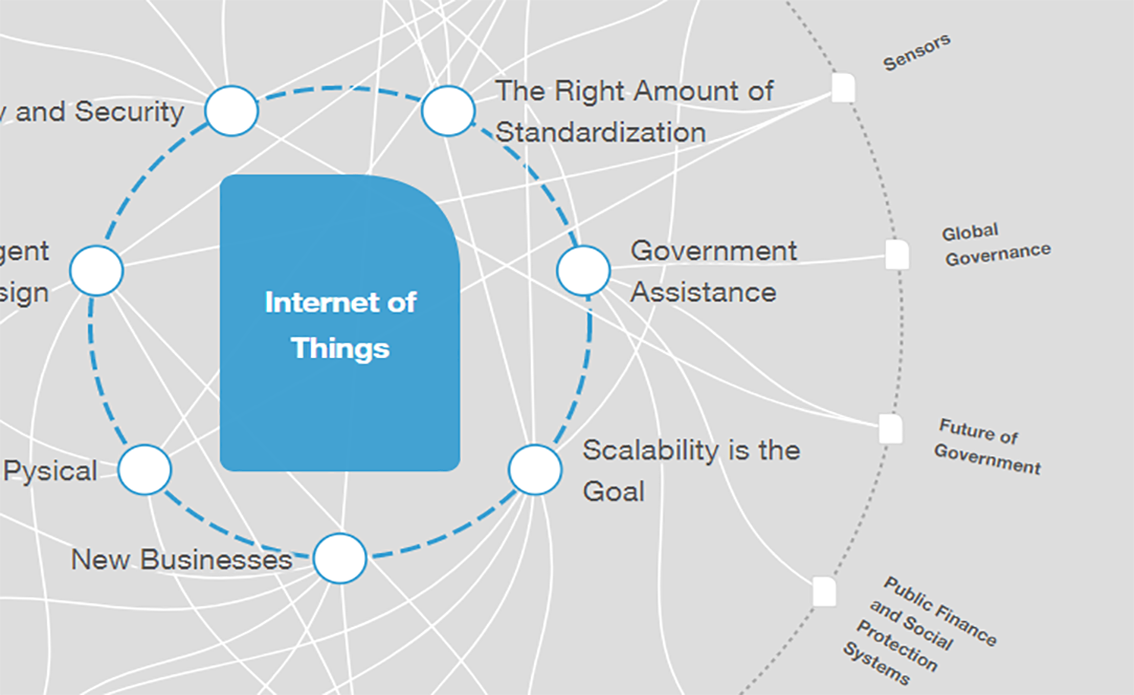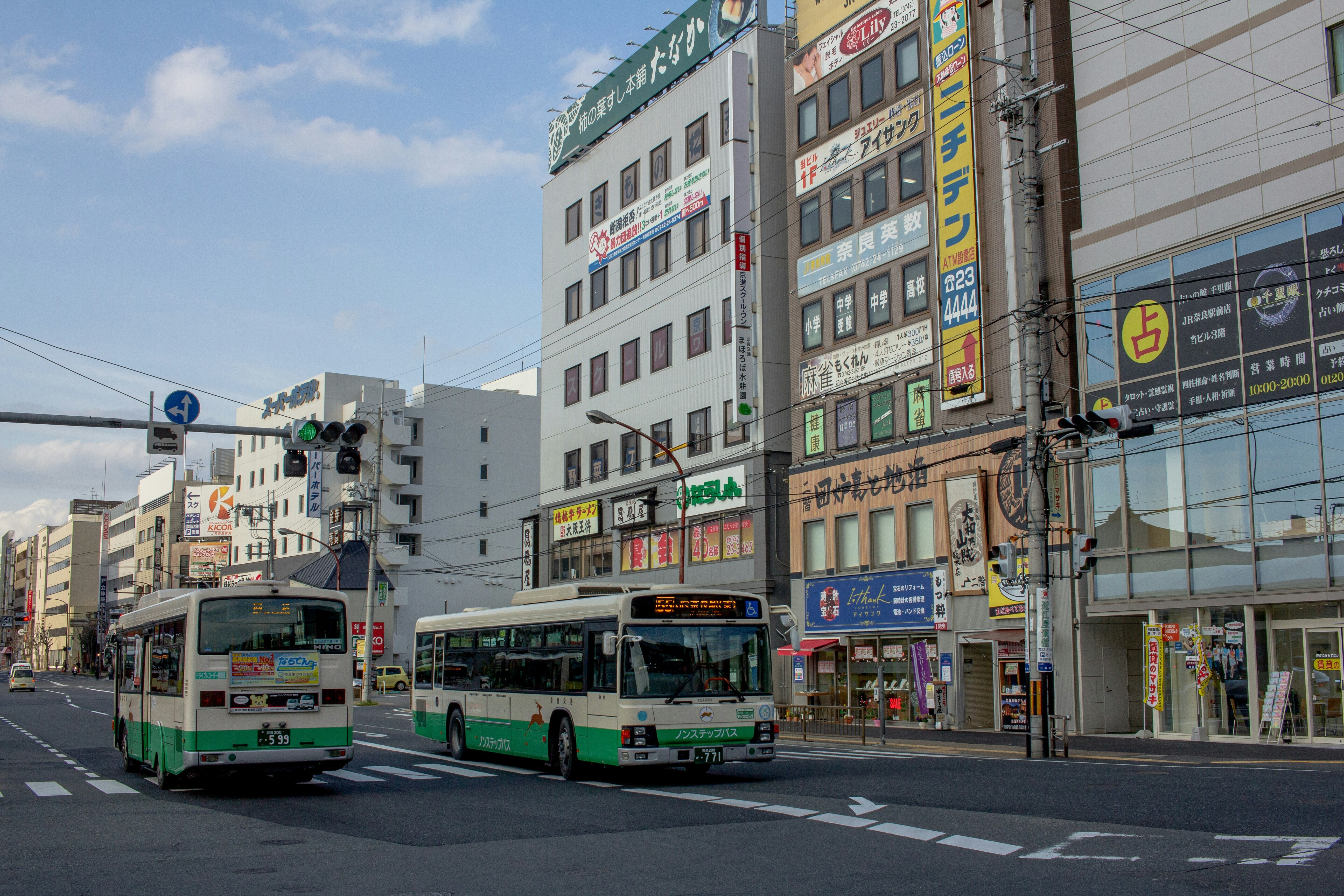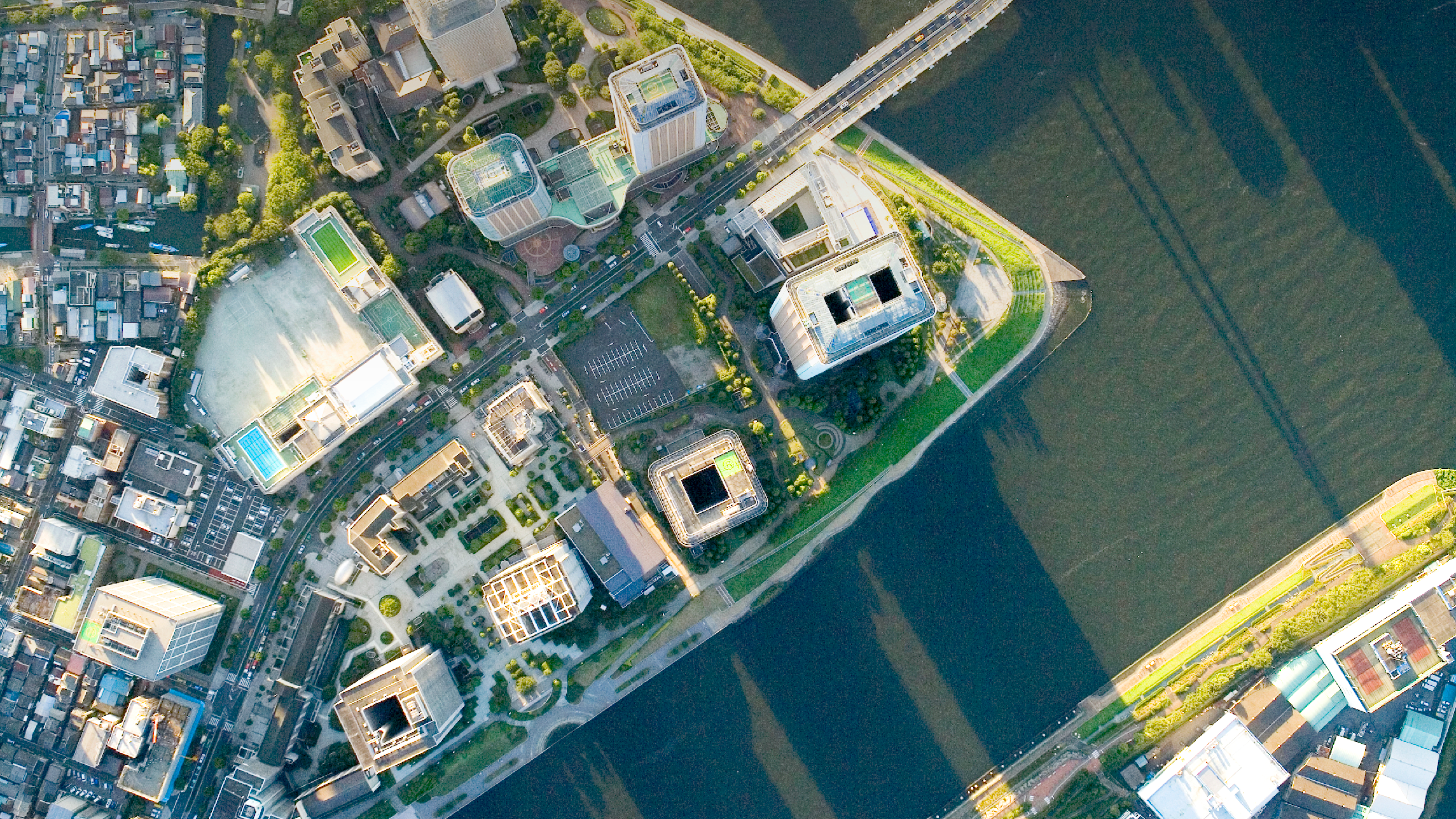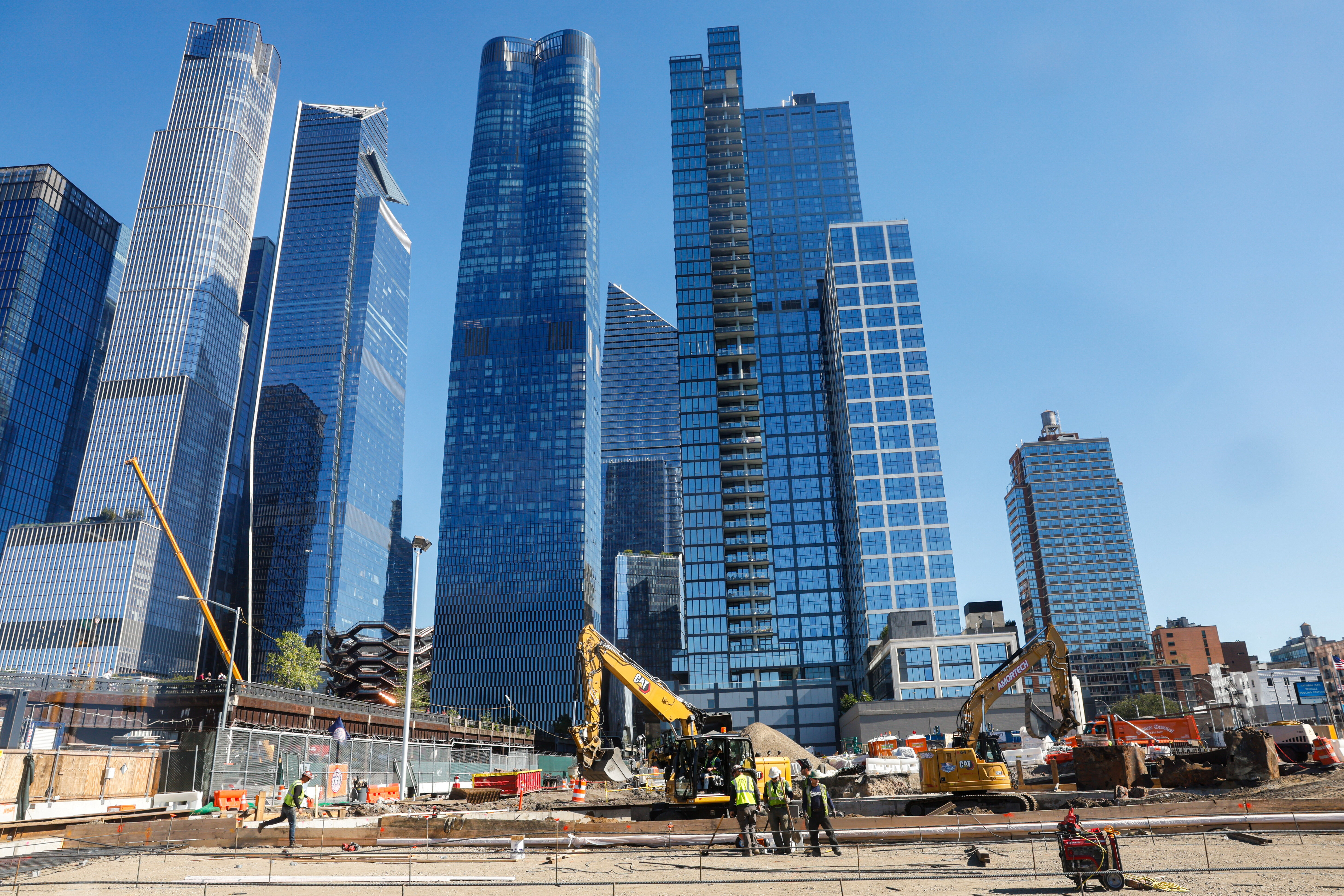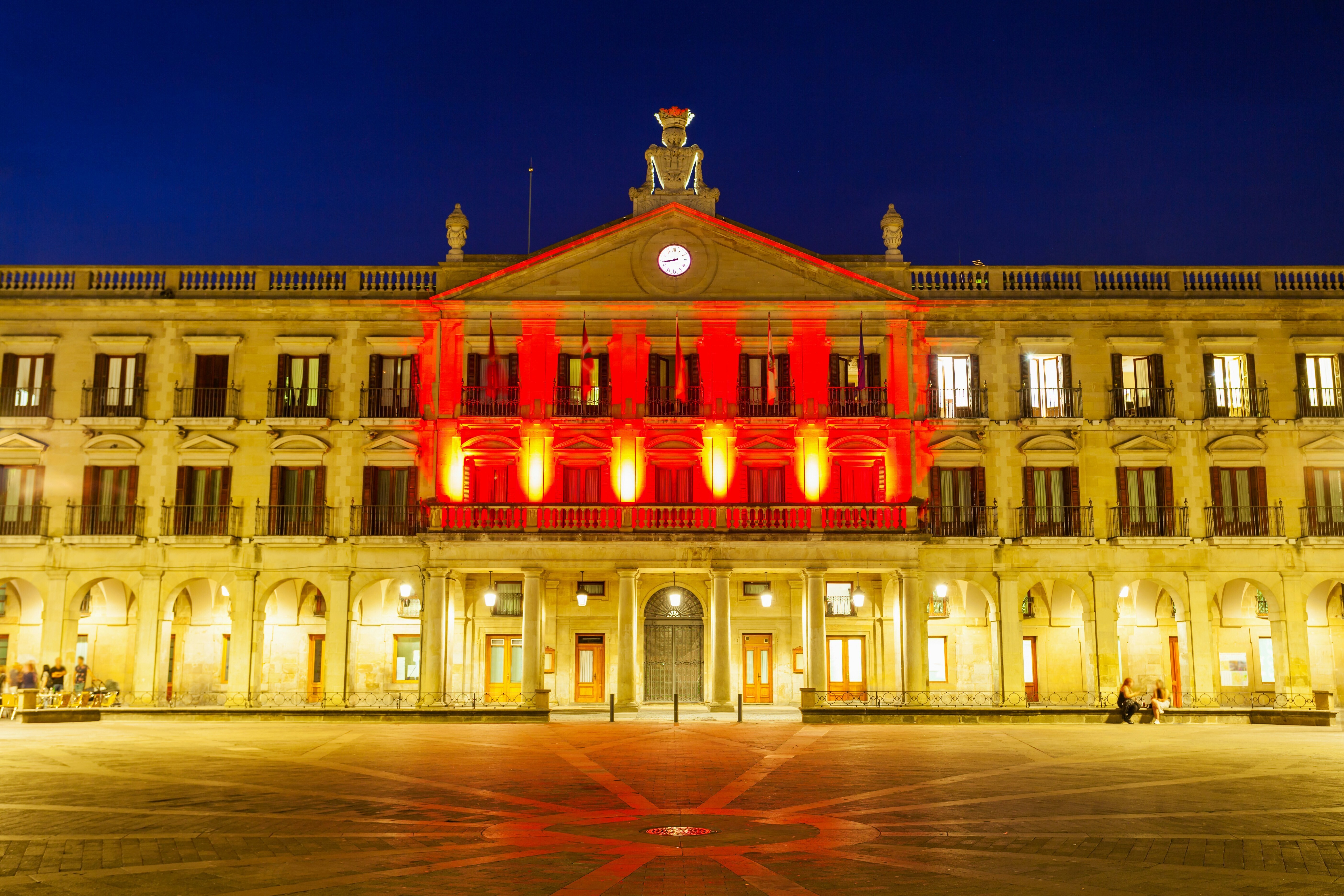To build cities fit for the future, we need to think differently

London's low-emission zones are a relatively simple change that has made a real difference Image: REUTERS/Luke MacGregor
- Our ever-growing cities are responsible for the majority of carbon emissions.
- It's time to look at urban infrastructure in a new light.
- With collaboration and collective vision, we can leave a legacy fit for the future.
Cities account for the majority of the world’s population, and most of the world’s carbon emissions - which are directly linked to the impacts of climate change. Tackling the crisis surrounding climate change is inextricably tied to every one of the economic, social and environmental challenges that our planet faces. Sharing knowledge of the solutions being implemented by progressive cities, in arresting and managing their carbon emissions, offers a way forward which will benefit everyone.
The research into our carbon-dependent economy is alarming; the UN Intergovernmental Panel on Climate Change has warned that we have just 12 years to act to avoid the worst effects of climate change. Research from 100 Resilient Cities has estimated that the total area of cities is expected to double by 2070. In the developed world, much of the civil infrastructure is ageing and no longer fit for purpose, while in the developing world, it is often missing entirely. The World Economic Forum has estimated that the globe will face a $15 trillion “infrastructure gap” by 2040.
Today we have an opportunity to look at cities in a new light, as the focus of future economic growth – where the next generations will live, work and play. Enabling our future cities to be resilient to the predicted impacts of climate change and to become carbon neutral will involve a different way of thinking. The greatest challenge we face is the need for unprecedented collaboration by all stakeholders. The creation or adaption of the next generation of resilient, sustainable cities will involve a sea change in approach – and that is our opportunity as global leaders in this space. We need to crack the opportunity to connect great solutions, collaborate across all sectors and promote a spirit of cooperation.
We are not starting with a blank sheet of paper, however. Solutions do exist. We need to see the connectivity between our changing climate and those essential assets which form our urban infrastructure. Every city has assets which are contributing to carbon emissions, such as fossil fuel-dependent energy sources, poor or non-existent residential and business waste management, outdated and inefficient transportation networks, and energy-hungry utilities such as water and wastewater treatment. There are carbon-efficient sustainable solutions in development for each of these essential assets. What is missing is the connectivity between the deployment of those solutions, which is our opportunity to reinvent the sustainable city infrastructure of tomorrow.
Looking at the solutions being deployed around the globe gives a sense of hope, as with each passing day more technology and strategies are being developed and implemented.
· In London England, for instance, ultra-low emission zones have been created, over and above congestion charging which was implemented in 2003. This relatively simple change in traffic management has resulted in reduced carbon emissions, enhanced air quality and ultimately better health for city residents.
· New York will become the first US city to implement congestion pricing, charging drivers to enter Manhattan. A month ago, Los Angeles launched the most aggressive US city-led sustainable transportation plan. By 2028 all new cars and all city buses are to be electric. This commitment is accompanied by a congestion strategy to address the infamous Los Angeles traffic. San Francisco is also joining many other cities in pedestrianizing key streets and zones.
· In the UAE, the state-of-the-art high-speed rail company, Etihad Rail, aims to connect urban centers and reduce carbon emissions by taking cars off the road. This is an example of the importance of connected transportation modelling. Many European cities are further ahead of this than the US and other countries, but the learning is there and can be shared.
· Looking more holistically at climate change and the opportunities to significantly reduce carbon emissions, the city of Edinburgh in the UK has completed a groundbreaking study into climate action. Edinburgh, a United Nations World Heritage Site, was built on medieval planning principles. Edinburgh City Council want to shape their city so that it supports economic growth, while prioritizing public space, public transport and pedestrian and bike routes. This vision for a more integrated future for the city demonstrates the advantages of bringing together multi-disciplinary urban planning and design processes. Implementation of the study outcomes are all focused on creating efficient central infrastructure, improving air quality and reducing carbon emissions.
· Considering the buildings within a city, the greatest carbon emission impact is poor insulation or over-dependency on cooling. The good news is that building standards in some countries are leading the way in new build design. Scandinavian countries are implementing state-of-the-art sustainability into new building designs, but what about all the existing ageing buildings? Brazil and the State of Parana has committed to transform all public buildings to net-zero energy, including 180 public schools, through energy-efficiency measures including producing renewable energy as an integrated approach – a great example of the commitment needed to make a difference.
· And last, the historical foundation of any city is centered on its sources of water and power. Technologies have existed for decades to transition from fossil fuels to renewable energy. Germany has shown the way, with a commitment towards renewable energy from wind for many years. Today, Germany is embarking on a significant cable connecter – SüdLink – to bring renewable energy to the population in Bavaria and Baden-Württemberg. We can all learn from those who are further along the road of evolving to low-carbon energy dependency.
As a global community, we need to collaborate across private sectors, agencies, departments and jurisdictions; we need to think differently and be committed to connecting the solutions. Through greater sharing of the knowledge of the current solutions our world is capable of, and by creating more connected sustainable solutions, we can leave a legacy fit for the future.
Don't miss any update on this topic
Create a free account and access your personalized content collection with our latest publications and analyses.
License and Republishing
World Economic Forum articles may be republished in accordance with the Creative Commons Attribution-NonCommercial-NoDerivatives 4.0 International Public License, and in accordance with our Terms of Use.
The views expressed in this article are those of the author alone and not the World Economic Forum.
Stay up to date:
Internet of Things
Related topics:
Forum Stories newsletter
Bringing you weekly curated insights and analysis on the global issues that matter.
More on Urban TransformationSee all
Naoko Tochibayashi
November 18, 2025
